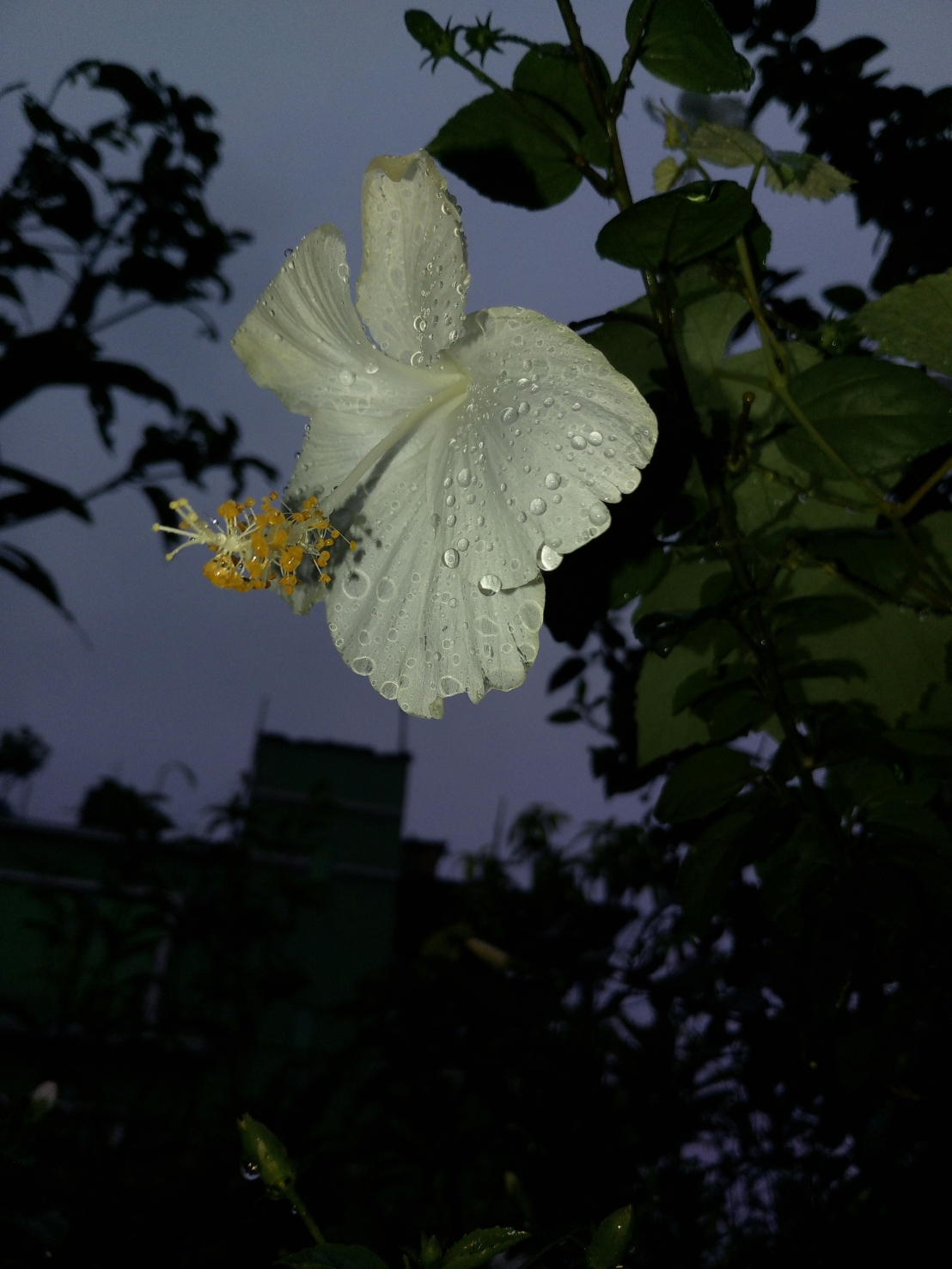Night-Blooming Plants – How Some Species Thrive in the Darkness

Blooming in the Shadows
In the stillness of the night, certain plants open their flowers, release scents, and begin their life cycle activities while the rest of the world sleeps. These night-bloomers are a fascinating example of adaptation and survival.
What Makes Them Bloom at Night?
-
Pollination Strategy: Many are pollinated by nocturnal insects like moths or bats.
-
Temperature Adaptation: Cooler nighttime temperatures reduce water loss.
-
Defense Mechanism: Reduced exposure to predators and harsh sunlight.
Notable Night-Blooming Plants
-
Queen of the Night (Epiphyllum oxypetalum)
-
Blooms once a year, only at night
-
Fragrant and large white flowers
-
Symbolizes rarity and mystery
-
-
Moonflower (Ipomoea alba)
-
Opens in the evening, closes by dawn
-
Known for its glowing white petals
-
Attracts night moths
-
-
Night Phlox (Zaluzianskya capensis)
-
Small flowers with a sweet fragrance
-
Often used in moon gardens
-
-
Evening Primrose (Oenothera biennis)
-
Blooms after sunset
-
Used in herbal remedies and oils
-
Why They Matter
Night-blooming plants are essential for nocturnal pollinators, and they also play a role in cooling and balancing microclimates. Their beauty is a hidden treasure that thrives in the dark.
Fun Fact
Some night-blooming flowers, like the Queen of the Night, bloom so briefly that enthusiasts hold midnight flower-watching parties to witness the rare event.

Comments : 0